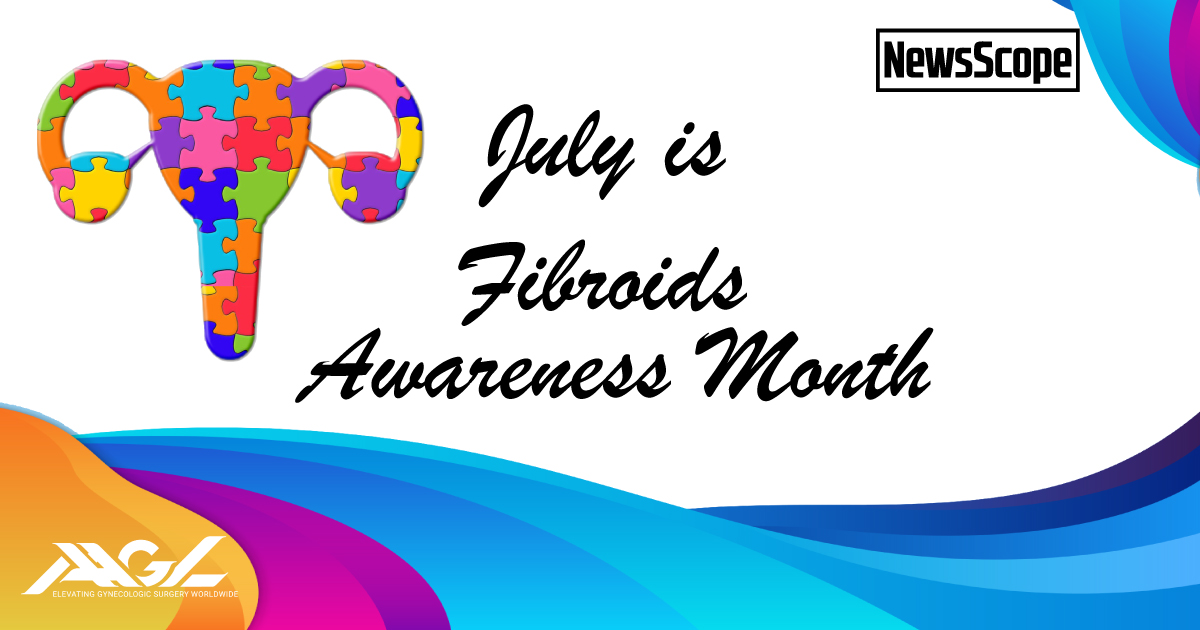Time to Standardize: A Call to Action for Fibroid Symptom Reporting

Uterine fibroids are among the most common health condition affecting women, with estimates suggesting that up to 80% of women will develop them by age 50. Despite their ubiquity and the immense burden they impose on quality of life, reproductive health, and healthcare costs, fibroids remain woefully understudied and poorly understood. One of the central barriers to advancing fibroid care is the lack of standardized symptomatology reporting in clinical practice. This gap has profound implications not only for research but also for equitable, effective, and patient-centered care.
In recent years, we have witnessed a welcome expansion in the treatment options available for fibroids. From medical therapies and minimally invasive procedures to uterine-sparing surgical approaches, the therapeutic landscape has evolved dramatically. Yet, despite these advances, comparative research on the efficacy, durability, and quality-of-life outcomes of these treatments remains limited. The reason is both simple and solvable: We do not consistently or systematically measure what patients are experiencing.
The few standardized tools we do have, such as the Uterine Fibroid Symptom and Health-Related Quality of Life Questionnaire (UFS-QOL) and its subscale, the Symptom Severity Score (UF-SSS), are used almost exclusively in research settings. In routine clinical care, they are rarely employed, and certainly not at scale. This lack of integration means we are losing the opportunity to build robust, real-world datasets that could drive evidence-based decisions and allow for meaningful outcome comparisons across treatment modalities.
Moreover, even these research tools are far from comprehensive. For example, the UFS-QOL lacks key symptom domains, such as fertility concerns and the psychosocial impacts of fibroid-related pain or bleeding, issues that are deeply important to patients. Without capturing the full spectrum of symptoms, we risk underestimating the condition’s burden and misjudging the effectiveness of treatments.
Other specialties offer a roadmap for how to bridge this gap. In urogynecology, the Pelvic Organ Prolapse Quantification (POP-Q) system, once used exclusively in research, has been adopted widely in clinical practice to standardize assessment and enable shared language among providers. Similarly, the International Prostate Symptom Score (IPSS) for male lower urinary tract symptoms and the Asthma Control Test (ACT) for respiratory health have become routine parts of outpatient care, guiding both clinical decision-making and longitudinal monitoring. Even in psychiatry, tools like the PHQ-9 for depression screening have successfully crossed from research into standard clinical workflows, allowing for better detection, management, and outcomes tracking. Fibroid care deserves a similar evolution.
To make meaningful progress, we need professional organizations, research institutions, patient advocacy groups, and health systems to collaborate on the development and implementation of a standardized symptom reporting system for fibroids. This system should be practical enough for clinical use, comprehensive enough to reflect the diverse experiences of patients, and aligned with research tools to facilitate large-scale studies.
Fibroids are not a niche condition. They are a core part of women’s health, and the lived experiences of those affected must be central to our understanding and treatment strategies. Standardized symptomatology reporting is not a bureaucratic burden, it is a critical step toward better care, better research, and better outcomes.
It is time to stop treating fibroids as an afterthought and start treating them as the major public health concern they are. That begins with listening, probing for, and documenting patients’ symptoms in a systematic uniform manner. This will allow us to better understand this pervasive pathology and ultimately help in counseling and treating our patients.
We don’t know what we don’t know, and we won’t know unless we ask.



